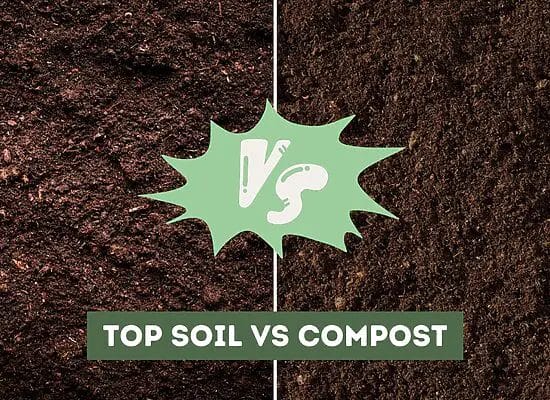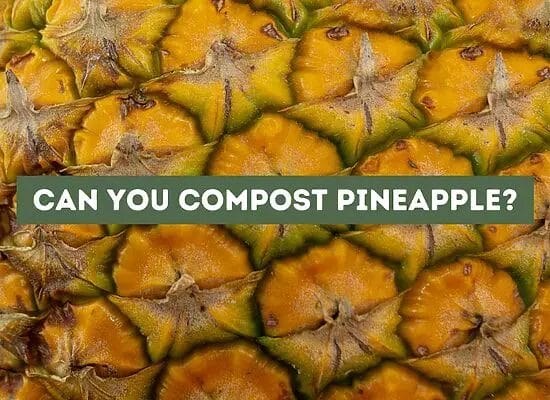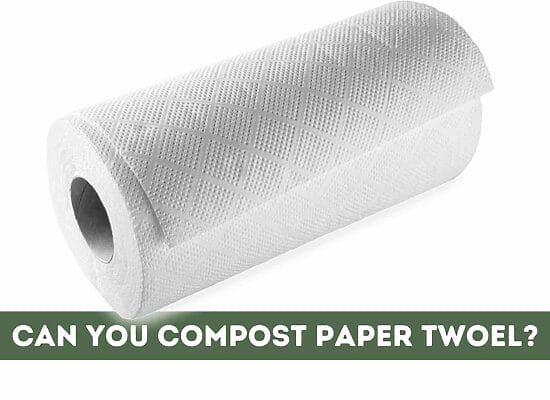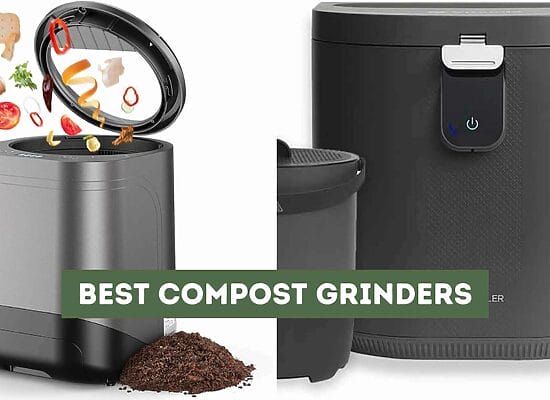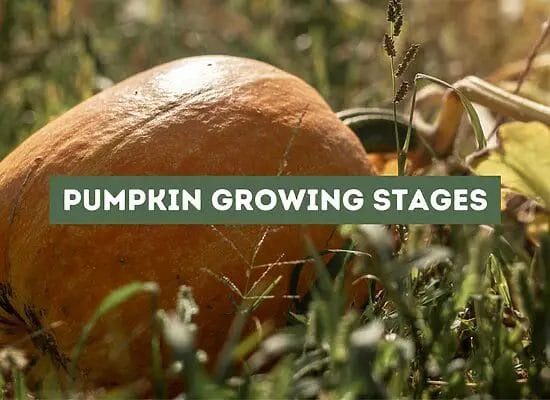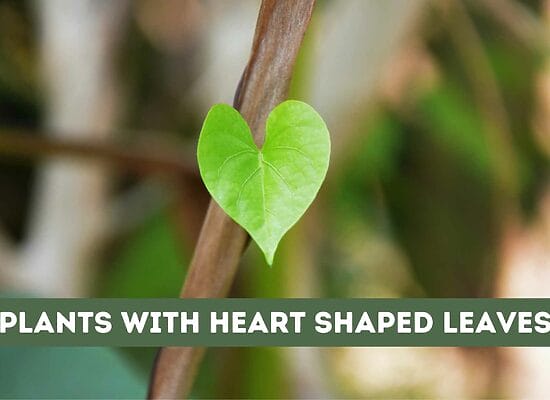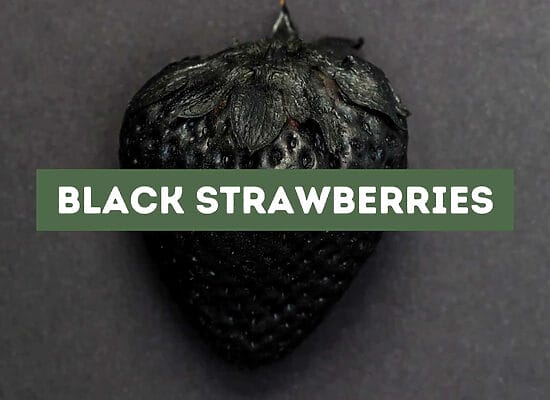
When it comes to hydroponics, the roots of your plants are an essential component of their growth and overall health. Unlike traditional soil-based gardening, hydroponic systems rely on a nutrient-rich water solution to provide plants with the necessary nutrients to thrive.
Below, we’ll explore the hydroponics roots and their role in gardening and provide tips for maintaining healthy root systems.
Key takeaways:
- Essential Role of Hydroponic Roots: Hydroponic systems rely on nutrient-rich water solutions for plant growth. Roots absorb nutrients and water directly from this solution, highlighting their crucial role in plant development.
- Distinctive Hydroponic Root Characteristics: Hydroponic roots are white and lack root hairs. They anchor the plant and absorb nutrients and water from the nutrient solution, eliminating the need for searching for nutrients as in soil-based systems.
- Stimulating Root Growth: Root growth in hydroponics is influenced by nutrient concentration. As roots grow, they absorb more nutrients, leading to further growth until maturity is reached.
- Importance of Healthy Root Systems: Healthy roots are vital for nutrient absorption, water uptake, and plant support. Monitoring water temperature, pH levels, and nutrient concentration is crucial to maintaining healthy roots and avoiding issues like root rot.
- Hydroponic Systems and Nutrient Delivery: Hydroponics relies on nutrient-rich water for plant growth. Precise control of nutrient composition and concentration allows customization based on plant stage, such as higher nitrogen for vegetative growth.
- Various Hydroponic System Types: Different hydroponic systems exist, each delivering nutrients, water, and oxygen to plant roots uniquely. Systems include Deep Water Culture, Ebb and Flow, Nutrient Film Technique, Aeroponics, and Water Culture.
- Selecting Growing Mediums: Hydroponic growing mediums replace soil and support roots. Options like perlite, rockwool, coir, gravel, peat moss, and substrate each have pros and cons, influencing factors such as water retention and aeration.
Understanding Hydroponics Roots
Hydroponic roots are the foundation of a healthy and thriving hydroponic system. They play a crucial role in the growth and development of hydroponic plants. In this section, you will learn about hydroponic roots, their growth, and how to keep them healthy.
Hydroponic Roots
Hydroponic roots are different from traditional soil-based roots. They are usually white and have no root hairs. These roots absorb water and nutrients directly from the nutrient-rich water in the hydroponic system. They also provide support and anchor the plant in place.
Root Growth
Root growth is essential for the overall health and development of hydroponic plants. The roots grow in response to the nutrient concentration in the water. As the roots grow, they absorb more nutrients, which stimulates further root growth. This cycle continues until the plant reaches maturity.
Root System
The root system of a hydroponic plant is different from a soil-based plant. In a hydroponic system, the roots do not need to search for nutrients as they are readily available in the nutrient-rich water. This allows the roots to focus on growth and development. A healthy root system is essential for plant growth and development.
Healthy Roots
Healthy roots are crucial for the success of a hydroponic system. They are responsible for nutrient absorption, water uptake, and plant support. To keep your hydroponic roots healthy, you need to monitor the water temperature, pH levels, and nutrient concentration. You should also regularly check for root rot, which can be caused by overwatering or poor drainage.
Tips for Healthy Hydroponic Roots
- Maintain a water temperature between 65-70°F (18-21°C) to ensure proper oxygenation.
- Monitor pH levels regularly and adjust as necessary to maintain a pH of 5.5-6.5.
- Keep the nutrient concentration within the recommended range for your plants.
- Use a hydroponic system with good drainage to prevent root rot.
- Regularly inspect roots for signs of disease or damage and take appropriate action.
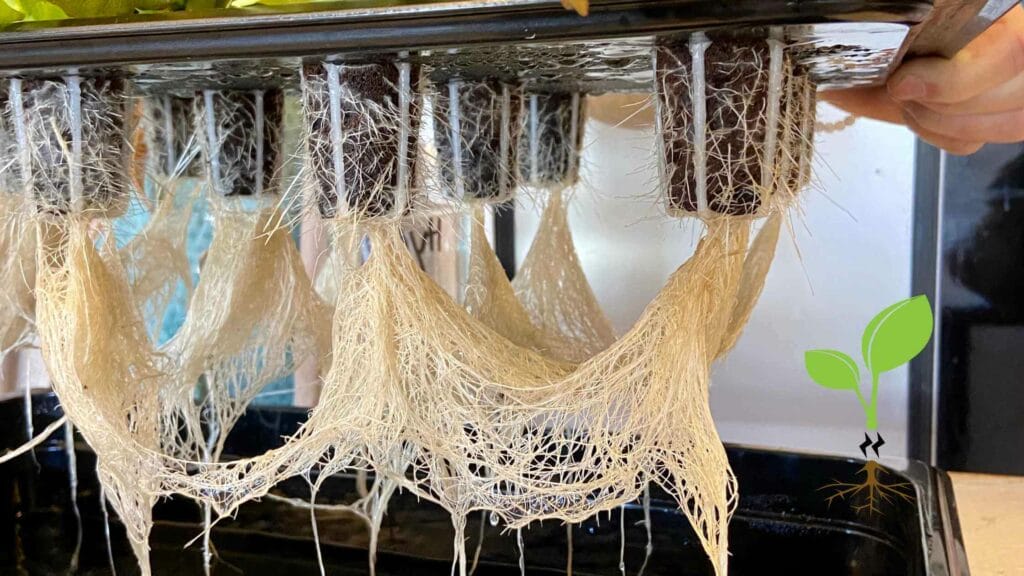
Role of Water and Nutrients in Hydroponics
In hydroponics, water and nutrients play a crucial role in the growth and development of plants. Unlike traditional soil-based farming, hydroponics relies on nutrient-rich water solutions to provide plants with the essential elements they need to thrive.
Water is the primary medium used to deliver nutrients to plants in hydroponics. The quality of the water used can directly impact plant growth. The pH level of the water is critical, as it affects the availability of nutrients to the plants. The ideal pH range for hydroponic systems is between 5.5 and 6.5. If the pH level is too high or too low, plants may experience nutrient deficiencies or toxicities.
Nutrient solutions used in hydroponics contain a variety of essential elements that plants need to grow. The three primary macronutrients are nitrogen, phosphorus, and potassium. These macronutrients are needed in large quantities and play a critical role in plant growth. Micronutrients, such as calcium, magnesium, sulfur, iron, manganese, copper, zinc, boron, chlorine, and molybdate, are needed in smaller quantities but are still essential for plant growth.
One advantage of hydroponics is the ability to precisely control the nutrient solution’s composition and concentration. This allows growers to adjust the nutrient solution to meet the specific needs of their plants. For example, plants in the vegetative stage require higher levels of nitrogen, while plants in the flowering stage require higher levels of phosphorus.
It is important to monitor and adjust the nutrient solution regularly to ensure that plants are receiving the correct balance of nutrients. Growers can use electrical conductivity (EC) and pH meters to measure the nutrient solution’s strength and pH level, respectively.
Different Hydroponic Systems
When it comes to hydroponics, there are various systems available. Each system has its unique way of delivering the necessary nutrients, water, and oxygen to the plant roots. Here are some of the most common types of hydroponic systems:
Deep Water Culture (DWC)
DWC is one of the most popular hydroponic systems. It involves suspending the plant roots in a nutrient-rich water solution. The roots are exposed to oxygen through the use of air stones or diffusers. DWC is ideal for growing plants with fast growth rates, such as lettuce and herbs.
Ebb and Flow System
The Ebb and Flow system is also known as the Flood and Drain system. It involves flooding the plant roots with nutrient-rich water and then draining it away. This cycle repeats several times per day. This system is ideal for growing larger plants with longer growth cycles, such as tomatoes and peppers.
Nutrient Film Technique (NFT)
The NFT system involves a thin film of nutrient-rich water flowing over the plant roots. The roots absorb the necessary nutrients and oxygen from the film. This system is ideal for growing small plants with short growth cycles, such as strawberries and herbs.
Aeroponics
Aeroponics is a system that involves suspending the plant roots in the air while misting them with a nutrient-rich water solution. The roots absorb the necessary nutrients and oxygen from the mist. This system is ideal for growing plants with fast growth rates, such as lettuce and spinach.
Water Culture System
The Water Culture system involves suspending the plant roots in a nutrient-rich water solution. The roots are exposed to oxygen through the use of air stones or diffusers. This system is ideal for growing small plants with short growth cycles, such as lettuce and herbs.
Growing Mediums in Hydroponics
When it comes to hydroponics, the growing medium is what replaces soil and provides support for the plant roots. There are many different types of growing mediums available, each with its own advantages and disadvantages.
Perlite
Perlite is a volcanic glass that has been heated to a high temperature, causing it to expand and become lightweight. It is a popular choice for hydroponic growers because it is sterile, pH-neutral, and provides excellent aeration for the roots. However, it does not hold water well, so it is often mixed with other mediums like vermiculite.
Rockwool
Rockwool is made from melted rock that has been spun into fibers. It is a popular choice for hydroponic growers because it is sterile, pH-neutral, and provides good water retention and aeration for the roots. However, it can be difficult to work with because it can irritate the skin and lungs.
Coir
Coir, also known as coconut coir or coconut fiber, is made from the husk of coconuts. It is a popular choice for hydroponic growers because it is renewable, pH-neutral, and provides good water retention and aeration for the roots. However, it can be difficult to work with because it needs to be rinsed and buffered before use.
Gravel
Gravel is a popular choice for hydroponic growers because it is inexpensive, pH-neutral, and provides good support for the roots. However, it does not provide good water retention or aeration for the roots, so it is often mixed with other mediums like perlite.
Peat Moss
Peat moss is a popular choice for hydroponic growers because it is acidic and provides good water retention and aeration for the roots. However, it is not renewable and can be difficult to work with because it needs to be rinsed and buffered before use.
Substrate
Substrate is a popular choice for hydroponic growers because it is customizable, pH-neutral, and provides good water retention and aeration for the roots. However, it can be expensive and difficult to work with because it needs to be mixed and buffered before use.
Light and Temperature Control
When growing plants in a hydroponic system, it’s essential to control both light and temperature to ensure healthy root growth and overall plant health. Here are some tips to help you achieve optimal conditions for your hydroponic garden:
Light Control
Light is crucial for photosynthesis, which is the process by which plants convert light energy into chemical energy to fuel their growth. However, too much light can be harmful to your plants, and too little can stunt their growth. Here are some ways to control light in your hydroponic system:
- Use grow lights: Grow lights can provide the right spectrum of light for your plants, and you can control the intensity and duration of the light.
- Cover your system: Covering your hydroponic system can help block out excess light and prevent algae growth.
- Monitor natural light: If your hydroponic system is near a window, monitor the amount of natural light your plants receive and adjust your lighting accordingly.
Temperature Control
Temperature is also crucial for healthy root growth in hydroponic systems. Here are some tips to help you control the temperature of your hydroponic system:
- Use a chiller: A chiller can help you control the temperature of your nutrient solution, which is essential for healthy root growth.
- Monitor room temperature: The temperature of the room where your hydroponic system is located can affect the temperature of your nutrient solution. Keep the room temperature between 60-75°F (15.5-24°C) for optimal root growth.
- Use a thermometer: Use a thermometer to monitor the temperature of your nutrient solution regularly and adjust your chiller or heater accordingly.
Monitoring and Maintenance of Hydroponic Roots
To ensure the healthy growth of your hydroponic plants, it is crucial to monitor and maintain their roots regularly. Here are some tips to help you keep your hydroponic roots in optimal condition:
Checking the Color of the Roots
One way to monitor the health of your hydroponic roots is by checking their color. Healthy roots should be white or light-colored. If they start turning brown or black, it could indicate root rot, which is a common problem in hydroponic systems.
Transplanting
Transplanting your plants can help prevent root problems and promote healthy growth. When transplanting, be sure to handle the roots gently to avoid damaging them. You can also trim any damaged or dead roots before transplanting to encourage new growth.
Aeration and Air Pump
Proper aeration is essential for healthy hydroponic roots. An air pump can help increase oxygen levels in the water, which promotes root growth and prevents root rot. Be sure to clean and maintain your air pump regularly to ensure it is functioning correctly.
pH Levels
Keeping the right pH balance is vital for robust hydroponic root health. Most plants thrive in a pH range of 5.5 to 6.5. Use a pH meter to track and fine-tune your hydroponic system’s pH level as needed.
Evaporation
Evaporation can cause the water level in your hydroponic system to drop, which can lead to root problems. Be sure to monitor the water level regularly and add water as needed to maintain the proper level.
Pests and Diseases in Hydroponics
When it comes to hydroponics, pests and diseases can be a major concern for your plants. Without soil to act as a natural barrier, your plants are more susceptible to root diseases and pests. Here are some common issues to look out for:
Root Rot
Root rot is a common problem in hydroponics. It is caused by a fungus that thrives in wet conditions, and it can quickly spread throughout your system. Signs of root rot include yellowing leaves, wilting, and a foul odor. To prevent root rot, make sure your system has proper drainage and avoid overwatering your plants.
Fungus Gnats
Fungus gnats are a common pest in hydroponics. The adult gnats are not harmful, but their larvae can feed on roots and feeder roots, which can slow plant growth and even cause plant death. To prevent fungus gnats, keep your system clean and dry, and avoid overwatering your plants.
Algae Growth
Algae growth can be a problem in hydroponics, especially in systems that are exposed to light. Algae can compete with your plants for nutrients and oxygen, and it can also provide a breeding ground for pests. To prevent algae growth, keep your system clean and avoid exposing it to direct sunlight.
Other Pests and Diseases
There are many other pests and diseases that can affect your hydroponic plants, including spider mites, aphids, and whiteflies. To prevent these issues, keep your system clean and monitor your plants regularly for signs of infestation. If you do notice a problem, take action immediately to prevent it from spreading.
Plants and Vegetables in Hydroponics
Hydroponics is a method of growing plants without soil, using a nutrient-rich water solution instead. This method has become increasingly popular due to its many benefits, including faster growth rates, higher yields, and reduced water usage. Hydroponics is suitable for growing a wide variety of plants and vegetables, including seedlings, young plants, and mature plants.
One of the most popular plants to grow in hydroponics is tomatoes. Tomatoes are a great choice because they thrive in hydroponic systems and produce a high yield of fruit. Hydroponic tomatoes can grow up to four times faster than traditional soil-grown tomatoes, and they are less susceptible to pests and diseases.
Herbs are another great option for hydroponic gardening. Basil, mint, and parsley are just a few examples of herbs that grow well in hydroponic systems. Herbs are easy to grow and require minimal maintenance, making them a great choice for beginners.
Lettuce is also a popular choice for hydroponic gardening. The shallow roots of lettuce make it well-suited for hydroponic systems, and it can be harvested in as little as four weeks. Hydroponic lettuce is also less likely to be contaminated with soil-borne diseases and pests.
Strawberries are another plant that can be grown in hydroponic systems. They require a slightly more complex setup than other plants, but they are well worth the effort. Hydroponic strawberries are known for their sweet flavor and high yield.
When growing plants in hydroponics, it is important to monitor their growth and adjust the nutrient solution as needed. Ensure the nutrient solution contains vital elements essential for robust plant growth: nitrogen, phosphorus, and potassium. Keep a close watch on pH levels, making necessary adjustments to foster the best possible plant development.
Benefits and Challenges of Hydroponics
Hydroponics is a modern method of growing plants that offers numerous benefits over traditional soil-based farming. However, it also comes with its own set of unique challenges. In this section, we will explore the benefits and challenges of hydroponics.
Benefits of Hydroponics
Less Water Usage
Hydroponics uses significantly less water than traditional soil-based farming. This is because the water used in hydroponics is recirculated through a closed system, meaning that it is constantly reused. In contrast, traditional farming methods require water to be constantly added to soil to keep plants hydrated.
Higher Yields
Hydroponics allows for higher yields of crops compared to traditional farming methods. This is because hydroponic systems are designed to provide plants with optimal growing conditions, including the right amount of water, nutrients, and light. As a result, plants grown hydroponically tend to grow faster and produce more fruit or vegetables.
Lower Cost
Hydroponics can be more cost-effective than traditional farming methods in the long run. Although the initial setup costs can be higher, hydroponic systems require less water and fewer pesticides, herbicides, and fertilizers. This can lead to significant cost savings over time.
Closed Systems
Hydroponic systems are often closed systems, meaning that they are not exposed to the outside environment. This can help to reduce the risk of pests, diseases, and other environmental factors that can damage crops. Closed systems also allow for more precise control over growing conditions, which can lead to higher yields and better-quality produce.
Food Safety
Hydroponics can be a safer way to grow food compared to traditional farming methods. This is because hydroponic systems are often grown in a controlled environment, which reduces the risk of contamination from external sources such as soil, water, or air.
Challenges of Hydroponics
Recirculating Water
Although recirculating water in hydroponic systems can be beneficial for water conservation, it can also lead to the buildup of salts and other minerals in the water. Over time, this can lead to nutrient imbalances and other problems that can affect plant growth.
Planting and Harvesting
Planting and harvesting crops in hydroponic systems can be more labor-intensive compared to traditional farming methods. This is because plants are often grown in individual containers or channels, which can be time-consuming to plant and harvest.
Closed System Management
Managing a closed hydroponic system can be challenging. It requires careful monitoring of water quality, nutrient levels, and other factors to ensure that plants are growing in optimal conditions. Any deviations from the ideal conditions can have a significant impact on plant growth and yield.
Advanced Techniques in Hydroponics
If you are looking to take your hydroponic farming to the next level, there are some advanced techniques you can try. Here are some examples:
Aeroponics
Aeroponics is a technique where the roots are suspended in the air and sprayed with a nutrient-rich mist. This technique can result in faster growth rates and higher yields.
Net Pots
Net pots are a great option for hydroponic systems. They allow roots to grow freely and promote better nutrient uptake. They are also easy to clean and reuse.
Raft Systems
Raft systems are a type of hydroponic system where plants are grown on floating rafts in a nutrient-rich solution. This technique is great for growing lettuce, herbs, and other leafy greens.
Trimming
Trimming is an important technique for hydroponic farming. By trimming the roots and foliage regularly, you can promote healthy growth and prevent disease.
Harvesting
Harvesting is another important aspect of hydroponic farming. Make sure to harvest your plants at the right time to ensure the best flavor and nutrition.
FAQ: Hydroponics Roots
What are some common issues with hydroponic roots?
Hydroponic roots can face a variety of issues, including root rot, nutrient deficiencies, and overgrowth. Root rot is caused by overwatering or poor drainage and can lead to the death of the plant. Nutrient deficiencies occur when the plant is not receiving enough of a particular nutrient, which can stunt growth and lead to discoloration. Overgrowth can also be an issue, as it can lead to overcrowding and competition for resources.
How do you promote healthy root growth in a hydroponic system?
To promote healthy root growth in a hydroponic system, it is important to ensure that the plants are receiving the proper nutrients and that the pH of the water is within the ideal range. Additionally, providing adequate oxygen to the roots is crucial, which can be achieved through the use of air stones or other aeration methods. Finally, avoiding overwatering and ensuring proper drainage can help prevent root rot.
What is the ideal pH range for hydroponic roots?
The ideal pH range for hydroponic roots is typically between 5.5 and 6.5, although this can vary depending on the specific plant being grown. Maintaining the proper pH is important, as it can affect nutrient uptake and overall plant health.
What are some common causes of hydroponic root rot?
Hydroponic root rot is typically caused by overwatering or poor drainage, which can lead to waterlogged conditions that prevent the roots from receiving the oxygen they need to survive. Additionally, using contaminated water or nutrient solutions can introduce harmful bacteria or fungi that can cause root rot.
How do you prevent root rot in a hydroponic system?
To prevent root rot in a hydroponic system, it is important to ensure that the plants are not overwatered and that there is proper drainage. Using a high-quality nutrient solution and ensuring that the water and equipment are properly sanitized can also help prevent the introduction of harmful bacteria or fungi. Finally, monitoring the pH and oxygen levels can help ensure that the roots are receiving the proper conditions for growth.
What are some benefits of using hydroponics for plant roots?
Using hydroponics for plant roots can offer a variety of benefits, including faster growth rates, higher yields, and reduced water usage. Additionally, hydroponic systems can be grown indoors, making them ideal for urban or space-limited environments. Finally, by providing a precise nutrient solution, hydroponic systems can help ensure that plants are receiving the optimal balance of nutrients for growth.


